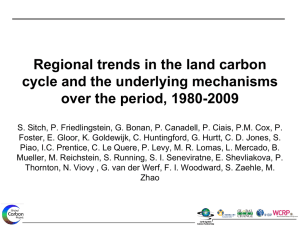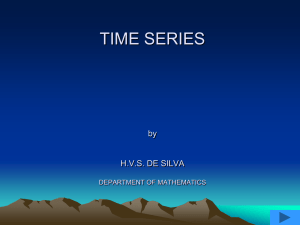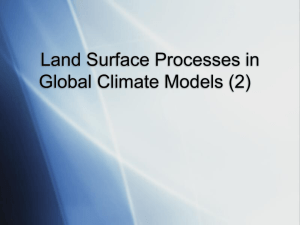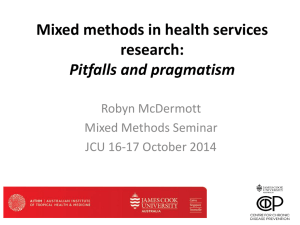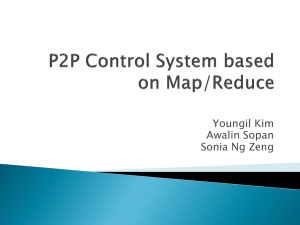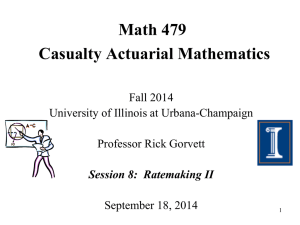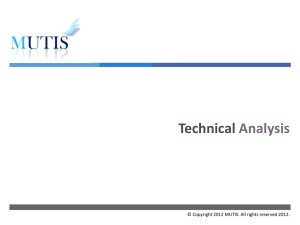ppt - Global Carbon Project
advertisement
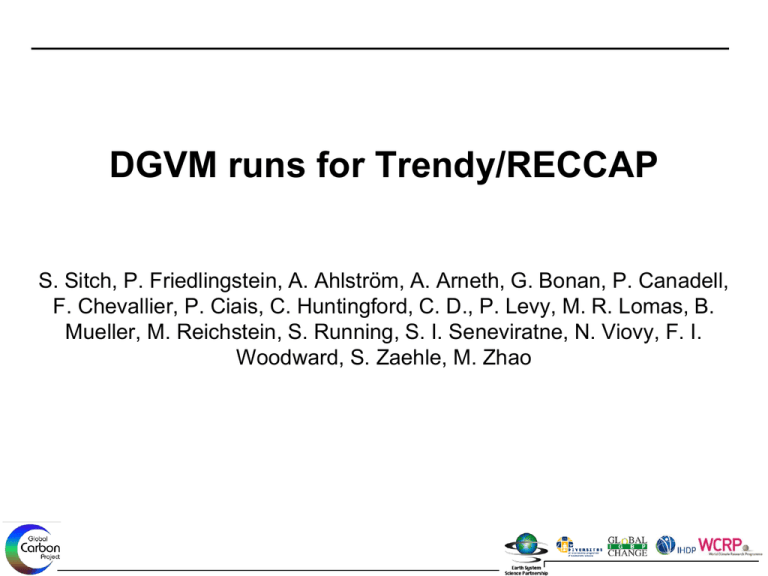
DGVM runs for Trendy/RECCAP S. Sitch, P. Friedlingstein, A. Ahlström, A. Arneth, G. Bonan, P. Canadell, F. Chevallier, P. Ciais, C. Huntingford, C. D., P. Levy, M. R. Lomas, B. Mueller, M. Reichstein, S. Running, S. I. Seneviratne, N. Viovy, F. I. Woodward, S. Zaehle, M. Zhao Modelled Natural CO2 Sinks Le Quéré et al. 2009, Nature-geoscience Regional Trends in C-sinks and Annual Global Budget Global Annual Budget Regional Trends in Land C-Sinks (Trendy) Compare DGVM-based estimates with other evidence - Satellite derived data - Fluxtower data - Atmospheric Monitoring Stations Trendy Protocol GCP- Land trends: modelling protocol Contact: Stephen Sitch (s.sitch@leeds.ac.uk) & Pierre Friedlingstein (p.friedlingstein@exeter.ac.uk) http://dgvm.ceh.ac.uk Goal: To investigate the trends in NEE over the period 1980-2009 Participating models JULES, LPJ, LPJ-GUESS, O-CN, Orchidee, HyLand, SDGVM, NCAR-CLM4, GFDL/Princeton, VEGAS Model simulations The models were forced over the 1901-2009 period with changing CO2, climate (CRU/NCEP) and land use: S1: CO2 only S2: CO2 and climate S3 (optional): CO2, climate and land use Trends in Land Processes Land Sink trend positive NPP trend > positive RESP trend negative NPP trend > negative RESP trend positive NPP trend, negative RESP trend Land Source trend positive NPP trend < positive RESP trend negative NPP trend < negative RESP trend negative NPP trend, positive RESP trend Climatic Drivers of Trends in Land Processes Land Sink trend positive NPP trend > positive RESP trend negative NPP trend > negative RESP trend positive NPP trend, negative RESP trend Land Source trend positive NPP trend < positive RESP trend negative NPP trend < negative RESP trend negative NPP trend, positive RESP trend Satellite Evidence: Trends in Soil Moisture B. Mueller, ETH Zurich Remarkable Similarity between NPP evolution from DGVMs 1.35 1.3 TRIF FNPP Fractional NPP Change 1.25 1.2 1.15 LPJ FNPP SDGVM FNPP 1.1 1.05 1 0.95 1900 1920 1940 1960 Year 1980 2000 Global NPP explains most of the NEE variability 4 3 2 1 0 1999 2000 2001 2002 2003 2004 2005 2006 2007 2008 2009 -1 -2 NEE_4DGVMs_anomaly -3 -4 NPP_4DGVMs_anomaly DGVM sink vs MODIS-NPP M Zhao Alternative Upscaling Approaches Multidimensional flux patterns... century forest inventory plot Forest/soil inventories decade Color: GPP month Landsurface remote sensing Eddy covariance towers week H [MJ m-2 yr-1] Temporal scale year tall tower observatories 2000 remote sensing of CO2 day 0 hour 0 local 0.1 1 plot/site 10 100 1000 Spatial scale [km] 10 000 global 2000 LE [MJ m-2 yr-1] Countries EU ... models to be cross-evaluated against. Reichstein Future Precipitation Changes (Summer Droughts?) JJA http://www.ipcc.ch/ Stippled areas > 90% of the models agree in the sign of the change Summary Use set-up to produce global/regional annual C-budgets Drought may be an important driver of the present-day trends in the land carbon cycle Climate Models Project Summer Drought in Continental Regions Drought may be an important driver of the future trends in the land carbon cycle Critical to understand Ecosystem Response to Drought for future Earth System feedbacks

